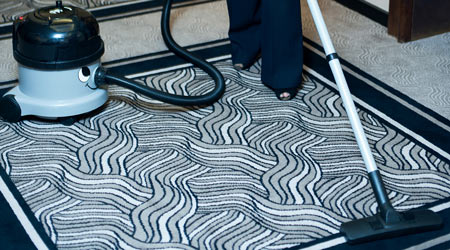
A reader writes: “You mentioned in one of your seminars that we were supposed to change speed of vacuuming and I still do not understand what you meant. Could you elaborate?”
Be glad to try to clarify this point. Please note that I have not heard this concept from anyone else but am sure there are others who agree with the idea but may describe it in a different way. This idea goes along with “Mickey’s 80/20 Rule” which simply states that in most cases “80% of the wear and soiling of a building/area is on 20% of the area, so 80% of the effort should be expended on that 20% once it is identified.”
If you think of a typical building, which area needs more attention: the front entrance lobby mats or the tenth floor back area that has very little traffic? Although the answer is obvious it is not as simple to allocate your resources (also called workloading) so that the high traffic areas get the attention they deserve while making sure the other areas are maintained adequately as well. Unless you have an unlimited labor budget you will constantly be utilizing the 80/20 Rule whether you are aware of it or not.
As to vacuuming at two speeds, you need to apply the same principles. Once you identify the high traffic (think dirt, sand, etc.), you should teach your workers to go slow and thorough using cross-hatching (vacuum one way then vacuum at a 90 degree angle) so that the vacuum cleaner has time to pick up the embedded soils. Of course, once you get to the other 80% you can speed up while allocating a day each week to more thorough wall to wall vacuuming a given quadrant.
If you workload your account correctly and monitor your workers you can increase productivity while not negatively impacting the quality of cleaning.
Your comments and questions are important. I hope to hear from you soon. Until then, keep it clean...
Mickey Crowe has been involved in the industry for over 35 years. He is a trainer, speaker and consultant. You can reach Mickey at 678-314-2171 or CTCG50@comcast.net.
posted on 12/29/2016

 The Down and Dirty on Cleaning in Virus Season
The Down and Dirty on Cleaning in Virus Season How Surfactant Use is Expanding in Commercial Cleaning
How Surfactant Use is Expanding in Commercial Cleaning Operational Excellence Series 2025: Better Budgeting
Operational Excellence Series 2025: Better Budgeting